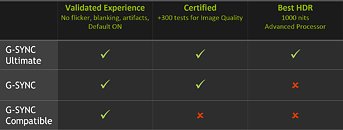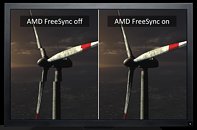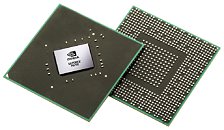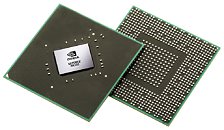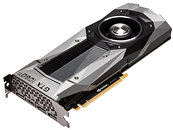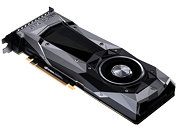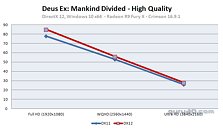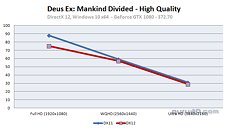
NVIDIA Likely Sending Maxwell, Pascal & Volta Architectures to CUDA Legacy Branch
Team Green's CUDA 12.8 release notes have revealed upcoming changes for three older GPU architectures—the document's "Deprecated and Dropped Features" section outlines forthcoming changes. A brief sentence outlines a less active future for affected families: "architecture support for Maxwell, Pascal, and Volta is considered feature-complete and will be frozen in an upcoming release." Further down, NVIDIA states that a small selection of operating systems have been dropped from support lists, including Microsoft Windows 10 21H2 and Debian 11.
Refocusing on matters of hardware—Michael Larabel, Phoronix's editor-in-chief, has kindly provided a bit of history and context. "Four years ago with the NVIDIA 470 series was the legacy branch for GeForce GTX 600 and 700 Kepler series and now as we embark on the NVIDIA 570 driver series, it looks like it could end up being the legacy branch for Maxwell, Pascal, and Volta generations of GPUs." Larabel and other industry watchdogs reckon that the incoming "Blackwell" generation is taking priority, with Team Green likely freeing up resources and concentrating less on taking care of decade+ old hardware. VideoCardz believes that gaming GPU support will continue—at least for Maxwell (e.g. GeForce GTX 900) and Pascal (GeForce GTX 10 series)—based on a playtesting of the toolkit's latest set of integrated drivers (version 571.96).
Refocusing on matters of hardware—Michael Larabel, Phoronix's editor-in-chief, has kindly provided a bit of history and context. "Four years ago with the NVIDIA 470 series was the legacy branch for GeForce GTX 600 and 700 Kepler series and now as we embark on the NVIDIA 570 driver series, it looks like it could end up being the legacy branch for Maxwell, Pascal, and Volta generations of GPUs." Larabel and other industry watchdogs reckon that the incoming "Blackwell" generation is taking priority, with Team Green likely freeing up resources and concentrating less on taking care of decade+ old hardware. VideoCardz believes that gaming GPU support will continue—at least for Maxwell (e.g. GeForce GTX 900) and Pascal (GeForce GTX 10 series)—based on a playtesting of the toolkit's latest set of integrated drivers (version 571.96).































